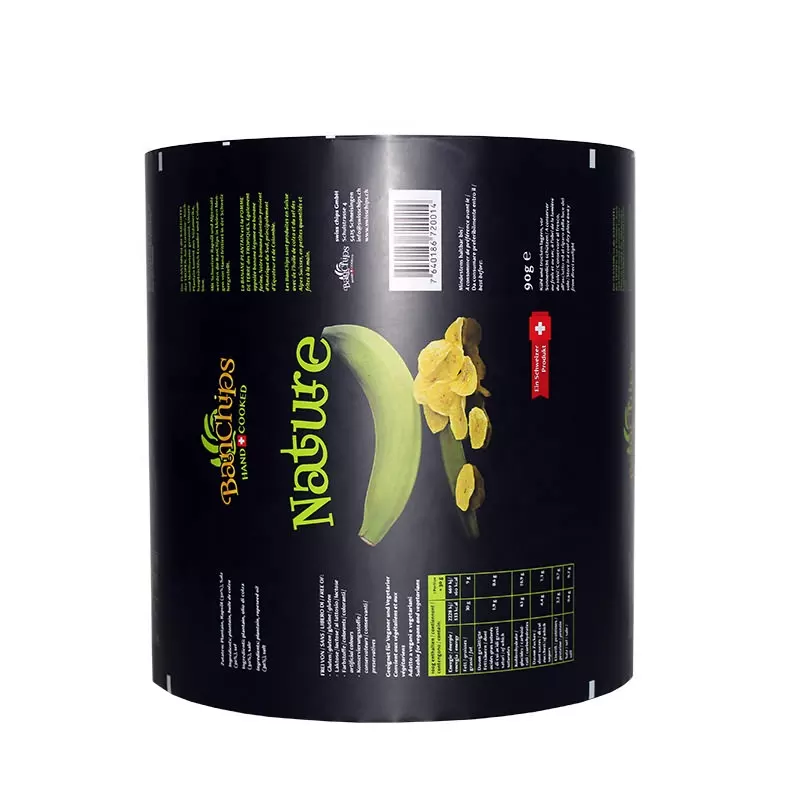- Afrikaans
- Albanian
- Amharic
- Arabic
- Armenian
- Azerbaijani
- Basque
- Belarusian
- Bengali
- Bosnian
- Bulgarian
- Catalan
- Cebuano
- chinese_simplified
- chinese_traditional
- Corsican
- Croatian
- Czech
- Danish
- Dutch
- English
- Esperanto
- Estonian
- Finnish
- French
- Frisian
- Galician
- Georgian
- German
- Greek
- Gujarati
- haitian_creole
- hausa
- hawaiian
- Hebrew
- Hindi
- Miao
- Hungarian
- Icelandic
- igbo
- Indonesian
- irish
- Italian
- Japanese
- Javanese
- Kannada
- kazakh
- Khmer
- Rwandese
- Korean
- Kurdish
- Kyrgyz
- Lao
- Latin
- Latvian
- Lithuanian
- Luxembourgish
- Macedonian
- Malgashi
- Malay
- Malayalam
- Maltese
- Maori
- Marathi
- Mongolian
- Myanmar
- Nepali
- Norwegian
- Norwegian
- Occitan
- Pashto
- Persian
- Polish
- Portuguese
- Punjabi
- Romanian
- Russian
- Samoan
- scottish-gaelic
- Serbian
- Sesotho
- Shona
- Sindhi
- Sinhala
- Slovak
- Slovenian
- Somali
- Spanish
- Sundanese
- Swahili
- Swedish
- Tagalog
- Tajik
- Tamil
- Tatar
- Telugu
- Thai
- Turkish
- Turkmen
- Ukrainian
- Urdu
- Uighur
- Uzbek
- Vietnamese
- Welsh
- Bantu
- Yiddish
- Yoruba
- Zulu
fertilizer bag labels
Understanding Fertilizer Bag Labels A Guide for Gardeners
When it comes to gardening and agricultural practices, understanding fertilizer bag labels is crucial for effective plant care. The labels provide essential information that can help gardeners choose the right fertilizer for their specific needs. This article will break down the various components of fertilizer labels, making it easier for both novice and experienced gardeners to interpret them accurately.
The NPK Ratio
One of the first things you’ll notice on a fertilizer bag is the NPK ratio. NPK stands for Nitrogen (N), Phosphorus (P), and Potassium (K), which are the three primary nutrients essential for plant growth. The numbers on the label represent the percentage of each nutrient in the fertilizer. For example, a bag labeled “10-20-10” contains 10% nitrogen, 20% phosphorus, and 10% potassium.
- Nitrogen (N) This nutrient is crucial for leafy growth and overall plant vigor. It is particularly important for vegetables and grass, promoting healthy foliage. - Phosphorus (P) Essential for root development, flowering, and fruiting, phosphorus stimulates strong root systems and enhances blooming in flowering plants. - Potassium (K) This nutrient supports overall plant health and aiding processes like photosynthesis and water regulation. It improves drought resistance and makes plants more resilient to diseases.
Additional Nutrients
In addition to NPK, fertilizer bags may list secondary nutrients and micronutrients. Secondary nutrients include calcium (Ca), magnesium (Mg), and sulfur (S). These items play fundamental roles in various plant processes, often supporting the functions of the primary nutrients.
Micronutrients like iron (Fe), manganese (Mn), zinc (Zn), and copper (Cu) are also listed and, while only needed in smaller quantities, they are vital for healthy plant growth. Total quantities and the type of micronutrients can often be found in smaller print on the label.
Types of Fertilizer
fertilizer bag labels

Fertilizers come in different forms, including granular, liquid, and slow-release options. The type you choose can affect how quickly the nutrients are available to plants.
- Granular fertilizers These are easier to apply and can last a long time in soil, gradually releasing nutrients. - Liquid fertilizers Often absorb quickly, making them a good choice for fast-acting nutrient supply. - Slow-release fertilizers Ideal for long-term feeding, they release nutrients over an extended period, reducing the frequency of application.
Application Instructions and Safety
Fertilizer bags also provide important application instructions. This includes how much to use per area, frequency of application, and specific watering requirements. Following these guidelines ensures that you do not over-fertilize, which can lead to nutrient runoff and harm the environment.
Furthermore, safety precautions are often included. Fertilizers can be harmful if ingested or if they come into contact with skin. Always wear gloves and a mask when handling fertilizers, and store them out of reach of children and pets.
Understanding Labels for Effective Gardening
Reading fertilizer labels might seem daunting at first, but once you familiarize yourself with the terminology, it becomes an invaluable skill. Use the information provided to match the needs of your plants with the right fertilizers. Remember that different plants have different nutritional requirements, and not all fertilizers are suitable for every plant.
In conclusion, fertilizer bag labels offer a wealth of information that empowers gardeners to make informed decisions. From understanding the NPK ratios to adhering to safety guidelines, being knowledgeable about these labels is the key to nurturing a thriving garden. Whether you're cultivating houseplants or large agricultural crops, mastering fertilizer labels will enhance your plant care regimen and contribute to a healthier, more productive gardening experience.













